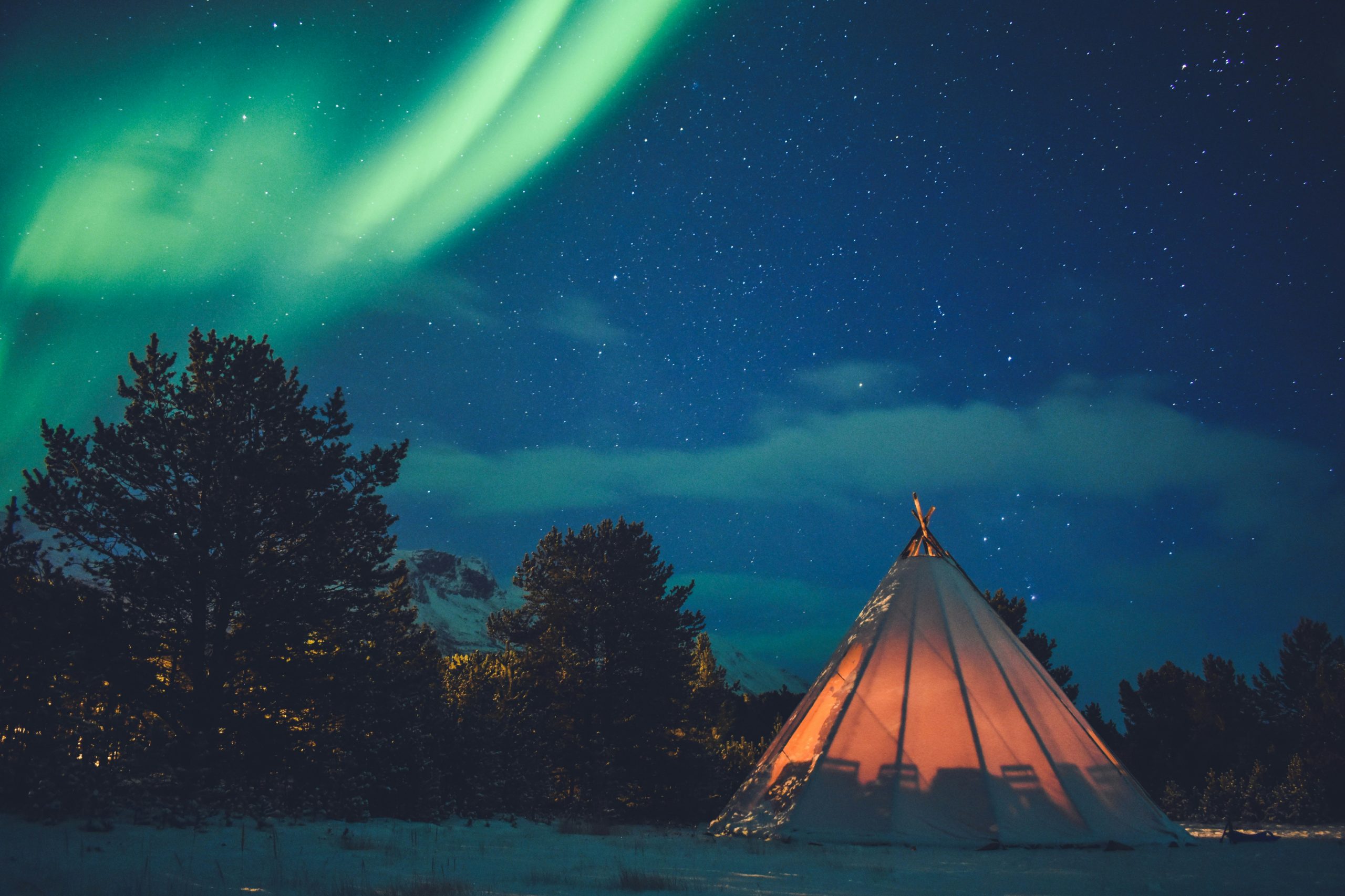Germanic Mythological Creatures: Beasts & Spirits

Looking for more amazing products? Check out our online store and explore our collection here! Happy shopping!
Before diving in, please note: This post is for informational purposes only. If you’d like to know more about how we approach topics, feel free to check out our friendly Disclaimer Page.
Hey there, amazing readers! 
We’re committed to delivering quality posts, and your support (even just sticking around despite the ads) means everything to us. So, bear with us, and thanks for helping us keep the good vibes rolling. Now, on to the fun stuff!
TRANSLATE BUTTON AT THE END OF THE ARTICLE
A Quick Overview
Germanic mythology is rich in a variety of creatures, ranging from fearsome beasts to powerful spirits and deities.
These mythological beings play significant roles in the folklore and legends of Germanic cultures, offering insights into their values, beliefs, and fears.
From giants and Valkyries to dragons and elves, Germanic mythological creatures are diverse and captivating.
In this article, we will explore some of the most prominent beasts and spirits in Germanic folklore.
Introduction to Germanic Mythological Creatures
Germanic mythology encompasses the myths, legends, and folklore of the Germanic peoples, including the Norse, German, Anglo-Saxon, and other related cultures.
Within this rich tradition, a wide array of creatures exist, representing both the natural world and supernatural realms.
These mythological beings often embody virtues or vices, serving as symbols of various aspects of the human experience.
Beasts of Germanic Mythology
Fenrir: A monstrous wolf, Fenrir is a fearsome beast in Norse mythology.
Bound by the gods until Ragnarok, the wolf embodies chaos and destruction.
Sleipnir: The eight-legged horse of the god Odin, Sleipnir is a symbol of speed and strength in Norse mythology.
Fafnir: A dragon from Germanic legend, Fafnir guards a cursed treasure and transforms into a monstrous beast due to greed.
Grýla: A mythical giantess from Icelandic folklore, Grýla is said to devour naughty children during Christmas.
Spirits and Deities in Germanic Folklore
Odin: The chief god of the Norse pantheon, Odin is associated with wisdom, war, and death.
He is often depicted as a powerful and enigmatic figure.
Freya: A goddess of love, fertility, and beauty, Freya is a prominent figure in Norse mythology known for her prowess in battle and magic.
Thor: The thunder god and protector of humanity, Thor wields his mighty hammer Mjölnir to defend against giants and other threats.
Loki: A trickster god and shape-shifter, Loki is known for his cunning and mischief in Norse mythology.
The Mighty Jotunn: Giants of Germanic Myth
The Jotunn, or giants, are powerful beings in Germanic mythology who often oppose the gods.
They are associated with the primal forces of nature, such as ice and fire, and are sometimes depicted as enemies of humanity.
Giants like Ymir, the first being in Norse mythology, are pivotal figures in the creation and destruction of the world.
Some giants, such as Thiazi and Skrymir, play important roles in Norse myths and interact with gods and heroes.
Valkyries: Divine Maidens of Battle
Valkyries are warrior maidens in Norse mythology who serve Odin by selecting warriors to join him in Valhalla.
These fierce and beautiful beings are associated with fate and battle, guiding fallen heroes to the afterlife.
Valkyries are often depicted as skilled fighters, riding winged horses and wielding weapons with precision.
Some famous Valkyries include Brunhild, Brynhildr, and Göndul, who feature in various sagas and poems.
The Cunning Kobold: Household Spirits
Kobolds are mischievous household spirits in Germanic folklore who live in mines, fields, and homes.
These beings are known for their pranks and tricks, but they can also bring good fortune to those who treat them kindly.
Kobolds are often depicted as small, gnome-like creatures with a fondness for craftsmanship and order.
While some kobolds are helpful and protective, others may be malicious and cause mischief if offended.
Dragons and Serpents in Germanic Lore
Dragons and serpents are common motifs in Germanic mythology, symbolizing power, wisdom, and danger.
The Midgard Serpent, Jormungandr, encircles the world in Norse mythology, representing chaos and the unknown.
The dragon Fafnir guards a cursed treasure in the Völsunga Saga, leading to conflict and heroism.
Dragons like Nidhogg, a serpent that gnaws at the roots of Yggdrasil, the World Tree, connect the realms of the living and the dead.
Elves and Fairies: Enigmatic Forest Beings
Elves and fairies are ethereal beings in Germanic folklore who inhabit forests, meadows, and other natural settings.
These creatures are often depicted as beautiful and magical, with the power to bless or curse those they encounter.
Elves like the light elves (Ljósálfar) and dark elves (Dökkálfar) exist in Norse mythology, embodying different aspects of nature.
Fairies in Germanic lore, such as the Norns and Alfar, play roles in shaping destiny and maintaining the balance of the world.
The Wild Hunt: Ghostly Specters of the Night
The Wild Hunt is a spectral procession of ghostly riders and hounds that roams the night skies in Germanic folklore.
Led by figures like Odin, Herne the Hunter, or Frau Holle, the Wild Hunt foretells doom and misfortune for those who encounter it.
The Hunt is often associated with storms, death, or the passing of the seasons, carrying symbolic meanings of fate and mortality.
Stories of the Wild Hunt persist in Germanic cultures, reflecting fears and superstitions surrounding the unknown and the supernatural.
Norns and Valkyries: Weavers of Fate
The Norns are female beings in Norse mythology who control destiny and fate, weaving the threads of life for all beings.
These wise and powerful beings exist beyond time and space, shaping the past, present, and future of the cosmos.
The three primary Norns—Urd, Verdandi, and Skuld—determine the fates of gods, mortals, and worlds.
Valkyries, as warrior maidens, also play roles in shaping fate by selecting heroes for battle and death.
The Fearsome Draugr: Undead Warriors
Draugr are undead beings in Germanic folklore who rise from their graves to haunt the living and protect their treasures.
These fearsome warriors possess superhuman strength, shapeshifting abilities, and a relentless hunger for revenge.
Draugr are often associated with burial mounds, where they guard valuable items or seek vengeance against those who disturb their rest.
Heroes like Beowulf and Eirik the Red encounter draugr in their quests, showcasing the dangers of defying the natural order.
Trolls: Mountain Dwellers of Germanic Mythology
Trolls are mythical beings in Germanic folklore who inhabit caves, mountains, and forests, often depicted as large, ugly, and brutish creatures.
These beings are known for their strength, magical abilities, and aversion to sunlight, which turns them to stone.
Trolls may be benevolent or malevolent, depending on the stories, and interact with humans in various ways.
Characters like the troll king Rumpelstiltskin in Grimm’s fairy tales and the jötunn Sutr in Norse mythology exemplify the diversity and complexity of troll lore.
Conclusion
Germanic mythological creatures, whether beasts or spirits, offer a glimpse into the rich tapestry of folklore and legends that have shaped the cultures of the Germanic peoples.
From the mighty giants and Valkyries to the cunning kobolds and elusive elves, these beings embody themes of bravery, magic, fate, and the eternal struggle between order and chaos.
As guardians of ancient wisdom and harbingers of destiny, these creatures continue to captivate and inspire storytellers, artists, and scholars alike, ensuring their enduring presence in the realms of myth and imagination.

The Enlightenment Journey is a remarkable collection of writings authored by a distinguished group of experts in the fields of spirituality, new age, and esoteric knowledge.
This anthology features a diverse assembly of well-experienced authors who bring their profound insights and credible perspectives to the forefront.
Each contributor possesses a wealth of knowledge and wisdom, making them authorities in their respective domains.
Together, they offer readers a transformative journey into the realms of spiritual growth, self-discovery, and esoteric enlightenment.
The Enlightenment Journey is a testament to the collective expertise of these luminaries, providing readers with a rich tapestry of ideas and information to illuminate their spiritual path.
Our Diverse Expertise
While our primary focus is on spirituality and esotericism, we are equally passionate about exploring a wide range of other topics and niches 

To ensure we provide the most accurate and valuable insights, we collaborate with trusted experts in their respective domains 
Our blog originally focused on spirituality and metaphysics, but we’ve since expanded to cover a wide range of niches. Don’t worry—we continue to publish a lot of articles on spirituality! Frequently visit our blog to explore our diverse content and stay tuned for more insightful reads.
Hey there, amazing reader! 
Check out our store here and take a peek at some of our featured products below! Thanks for being awesome!













